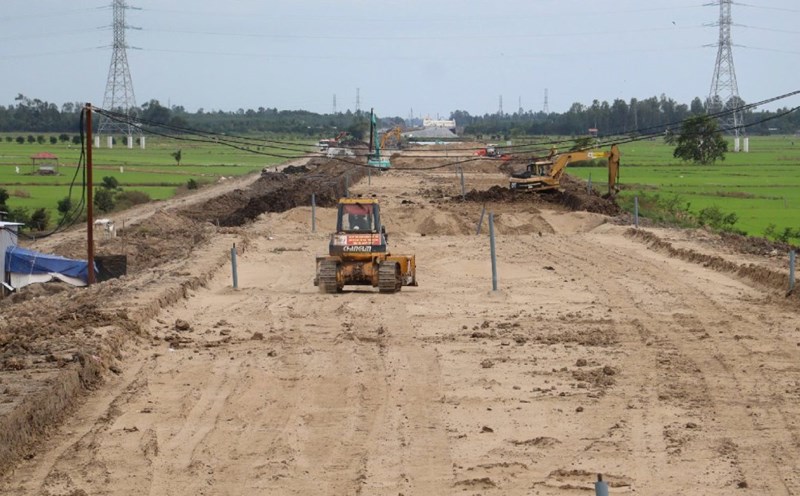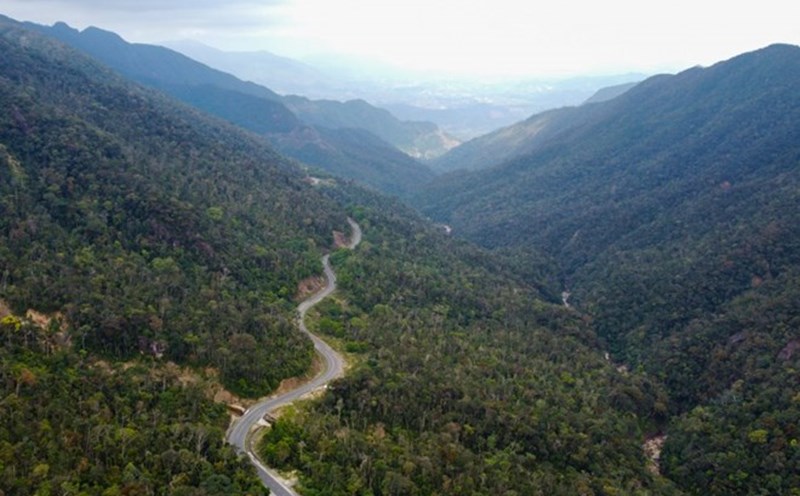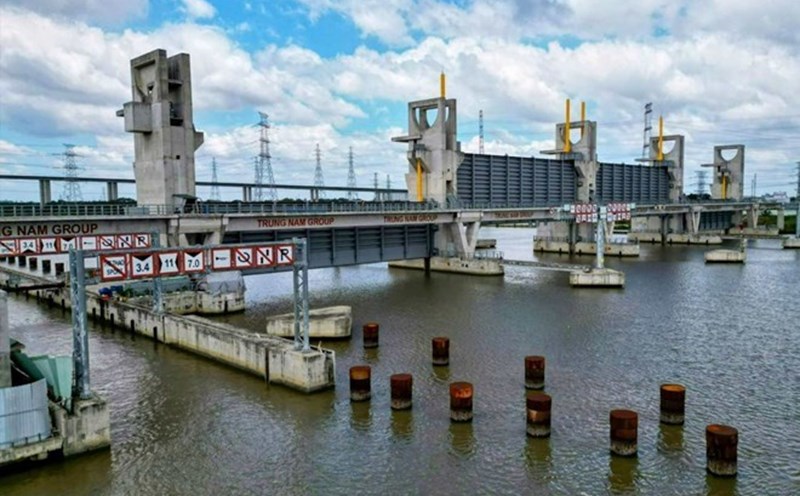On the Ministry of Construction's Information Portal, reader T.H.T reflected: The expressway lines in Vietnam are not synchronous and difficult to identify when it rains or when there is little light. The vehicle's sensory system is not working accurately, affecting safety.
Readers propose to issue a set of national standards on highway markings (color, width, reflection, materials). Consult car manufacturers and sensor technology to optimize visibility. pilots on the North - South Expressway (Hanoi - Ca Mau). Apply reflective paint, high-quality color durability to increase identification efficiency. Develop a specific travel scenario for Vietnam. Building an autonomous driving system suitable for the Vietnamese market: helping domestically assembled vehicles to be optimized and creating advantages for domestic enterprises.
Responding to this issue, the Vietnam Road Administration said:
Currently, the requirements for technical requirements, colors, sizes and other contents of the road signaling system (including road markings and road signs, traffic lights, etc.) in Vietnam has been specified in the system of Technical Regulations, Vietnamese Standards, and Grassroots Standards.
Including the National Technical Regulation on road signs QCVN41:2024/BGTVT issued with Circular No. 51/2024/TT-BGTVT dated November 15, 2024.
In the process of developing this Regulation, the agencies under the Ministry of Transport (now the Ministry of Construction) have based on the 2024 Road Law, the 2024 Road Traffic Safety and Order Law, the 1968 International Convention on Road Traffic and the Convention on Road Signs and Signs to draft the draft, and at the same time collected comments from relevant agencies, organizations, scientists, experts, and universities to develop and compile the provisions. Then submit to the Ministry of Science and Technology for appraisal before promulgation.
In addition to the above standards, there is also the current Vietnamese standard TCVN 8791:2011 on Traffic signal painting - Flexible reflective road markings - Technical requirements, testing, construction and acceptance methods; TCCS 30:2020/TCDBVN issued under Decision No. 5338/QD-TCDBVN dated November 6, 2020 of the Vietnam Road Administration (now the Vietnam Road Administration) on Traffic signal painting - Removing road markings - Construction and acceptance; TCCS 34:20/TCDBVN issued under Decision No. 6500/QD-TCDBVN dated December 28, 2020 of the Vietnam Road Administration (now the Vietnam Road Administration) Reducing speed, reducing speed on road bridges and many other design standards.
Thus, the construction, installation, inspection, and assessment of the technical and quality of road signs and road markings are complete.
On the other hand, on expressways, in addition to signs and road markings, reflective eyes, reflective headlights and some locations with reflective nails are installed to guide and warn traffic and other construction items.
However, the arrangement of signs, road markings, reflective markers, reflective nails, and reflective eyes will be blurred and worn (after the expiration date, or hit, collided with a vehicle, etc.) after a period of exploitation, reducing warnings and traffic instructions, affecting traffic safety.
Therefore, implementing the direction of superior agencies, road management agencies, and road management enterprises need to continue reviewing to adjust road signs and road traffic safety works according to the provisions of Articles 23, 24 and 25 of the Road Law and other relevant legal provisions; at the same time, maintenance work must be well carried out, avoiding water stagnation on the road surface or dust, garbage covering the road markings; timely repair and supplementation when painting road markings, signs are worn, blurred, etc.
In the investment in the construction of new works, in addition to arranging and installing full road signs, it also ensures signal quality, paint quality and reflection requirements.











